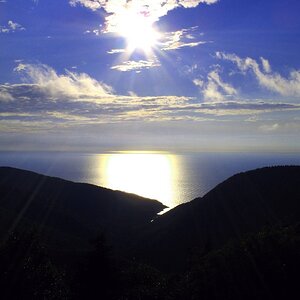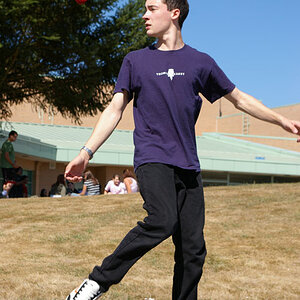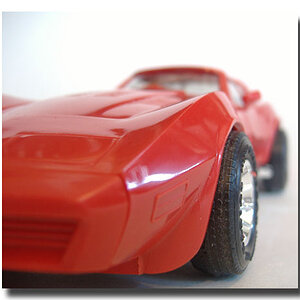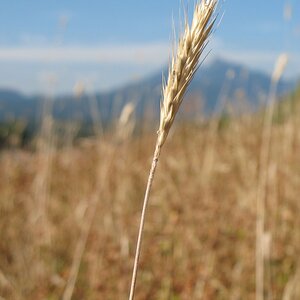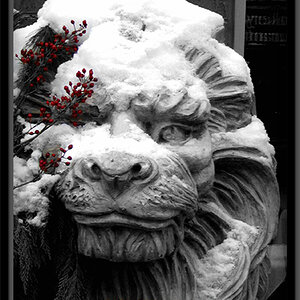oceanbeast
TPF Noob!
- Joined
- Feb 27, 2010
- Messages
- 22
- Reaction score
- 0
- Can others edit my Photos
- Photos NOT OK to edit
I am new to using filters though I understand their concept, I am used to using an incident light meter as I have worked with digital flash photography but I am beginning a new endeavor and using filters on medium format film.
I want to stack a polarizer and a yellow 15 but my camera does not have TTL metering, I do all metering for a scene on a handheld light meter. What is the best way to find out how much exposure compensation I will need in order to get an accurate exposure?
Most websites say a polarizer will generally eat up 1 2/3 stops but yellow filters vary so I dont have a real baseline and I dont want to waste a bunch of film running tests. any advice would help.
I want to stack a polarizer and a yellow 15 but my camera does not have TTL metering, I do all metering for a scene on a handheld light meter. What is the best way to find out how much exposure compensation I will need in order to get an accurate exposure?
Most websites say a polarizer will generally eat up 1 2/3 stops but yellow filters vary so I dont have a real baseline and I dont want to waste a bunch of film running tests. any advice would help.



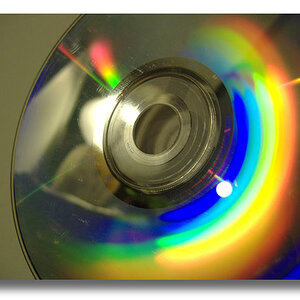
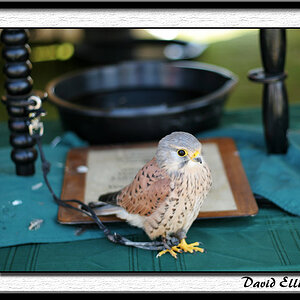
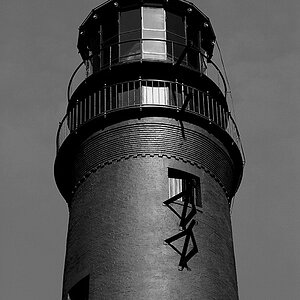
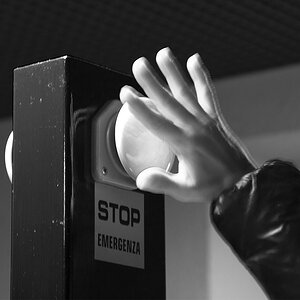
![[No title]](/data/xfmg/thumbnail/42/42066-badd1780980376f04f261f985a608adf.jpg?1619739998)
